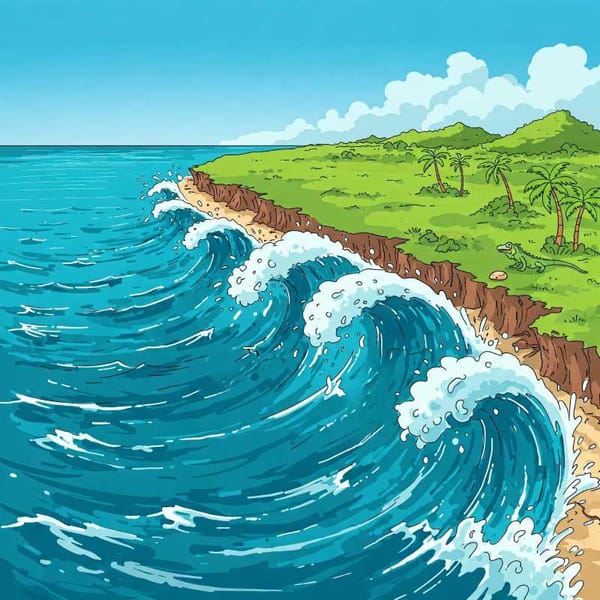National Day of Rebellion: 66 years after the Moncada Barracks Assault
This Friday commemorates an event that occurred several years before the Rebel Army victoriously entered the streets of Santiago de Cuba. This was the Assault on the Moncada Barracks.





